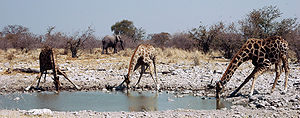So, how did the fish learn to breathe on the land?
First, the question is very poorly worded.
Secondly, many fish breath air, dolphins are actually mammals, not fish, which are very close to land animals. The next evolutionary side step would be the seal family, which have many sea mammal and land mammal traits. There are so many things to explain, but I hope that answers enough to get you to look it up.
Seals and dolphins are both mammals, not fish.




